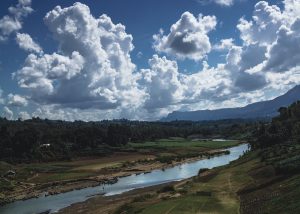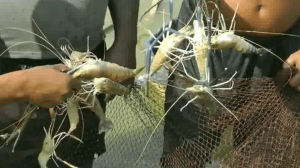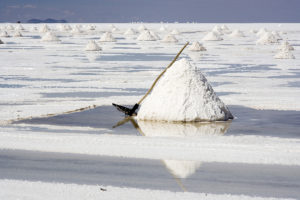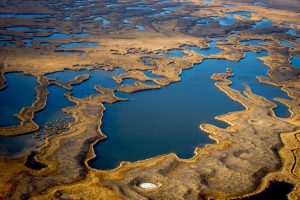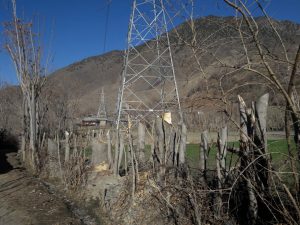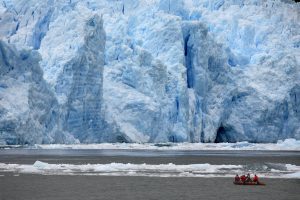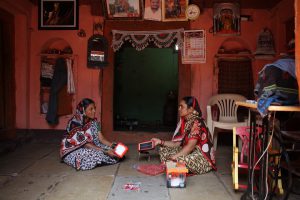Majuli is a picturesque island within the mighty Brahmaputra river, in the Indian state of Assam. It is the largest riverine island in the world, but as it is slowly eaten away, it may soon disappear.
Given its size and location, the island is a biodiversity hotspot and an offbeat tourist destination. It specifically attracts birding aficionados as its fertile floodplains and highly productive wetlands provide an ideal habitat for a plethora of resident and migratory birds, up to 260 species.
Majuli also has a distinct cultural heritage, where tales of the Hindu god, Vishnu, are intertwined with local tribal lore. The island houses 22 Vaishnava Satras (monasteries).
Its unique location is also what is threatening the island’s existence. The Brahmaputra is one of the world’s greatest rivers, with fierce currents. Bank erosion has always been a problem, but the erratic flood pattern over the last few years have made it more of a problem. Majuli faced massive erosion due to the 2017 floods that were triggered because of a breach of the Dhonarighat embankments created for Ranganadi Hydropower project. The impact could have been limited if there had been timely proper communication of the water release from the upstream state of Arunachal Pradesh (AP).
A number of dams have now been sanctioned in AP, against which there have been protests in the state, but this has also raised concerns in Majuli. Geomorphological studies point out that the migration of the Brahmaputra and Subansiri rivers have badly affected erosion. Combined with this, the riverine island is a product of sand and silt deposits, but these deposits have become much less than the land carried away by erosion.

Community concerns
Satellite imagery shows that the landmass of the island has shrunk from 1,256 square kilometres in 1971 to only 524.29 square kilometres by 2016, losing half of its area. 67 revenue villages [a revenue village is a cluster of villages] have been completely eroded away by the might Brahmaputra river.
These statistics raises question on the survival of indigenous Assamese communities who live there, as well as their unique arts and culture.
“Apart from fishing, we largely rely on agricultural produce on Majuli’s char [land created by silt deposits] land for our sustenance. We mostly grow mustard and bao-dhan (rice) a traditional deepwater paddy variety. I used to own 4 bighas [a bigha in Assam is roughly 1,320 square metres, or ¾ of an acre] of land but now it has been reduced to 3.8 bighas. Also the floods gets in more sand then fertile soil”, a mid-aged farmer in Kamalabari said.
Like him, many others in Majuli live under constant fear of land erosion that has been one of the contributory factors for increased migration rates from this island. Monsoon season Brahmaputra flooding has also exacerbated the number of internally displaced people (IDPs) in this region, even though official data on this issue.
Due to constant land-loss many farmers became landless and are forced to live on the embankments in makeshift houses. There are under constant fear of deportation by the state government, as they do not hold any land-rights to reside near the embankment areas.
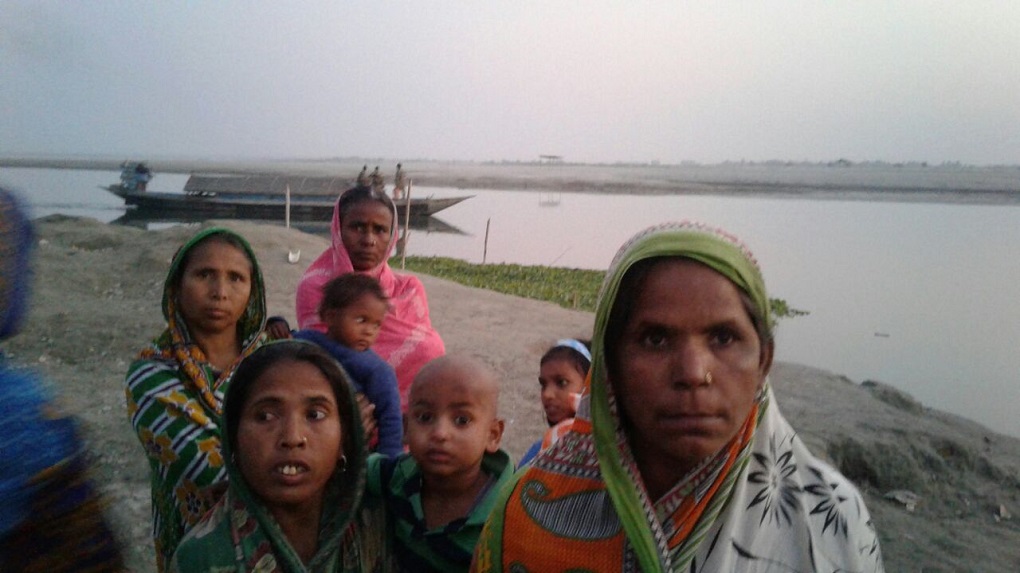
What’s being done to save the island?
The state government of Assam has put forth Assam State Action Plan on Climate Change (2015-2020). The section on climate change adaption speaks about the initiatives untaken by the government to contain and adapt to floods and erosion. These includes river bank stabilisation, creation of embankments at strategic locations, establishment of a flood warning system, conducting extensive flood modelling studies to study the nature of Brahmaputra, and the promotion for cultivation of flood-resilient paddy crops like ‘Boro’. The plan also includes the construction of an adequate number of flood shelters, and other flood mitigation related infrastructure.
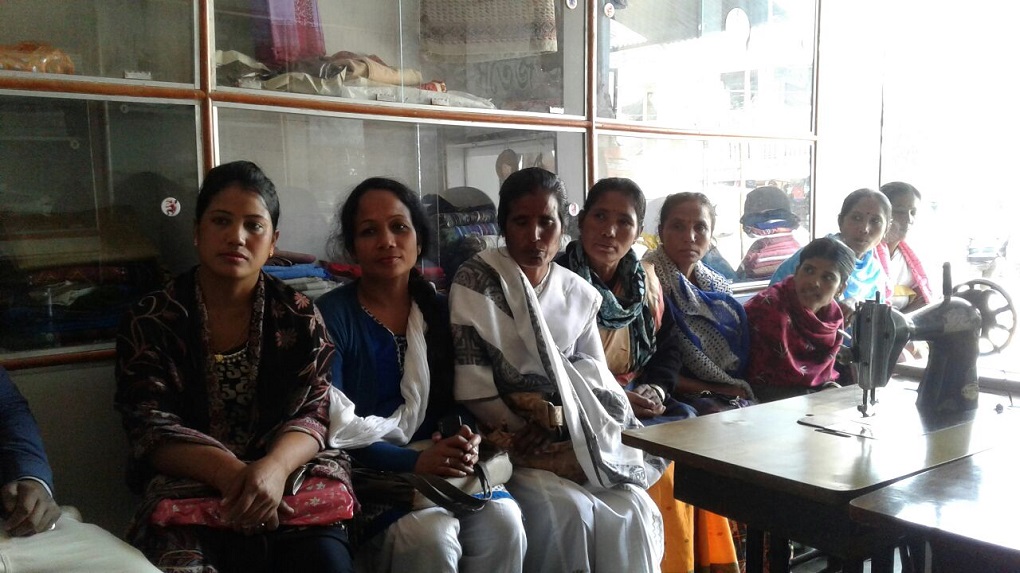
Furthermore, Assam’s Department of Environment has also launched a Sustainable Action for Climate Resilient Development in Majuli which aims to make this island carbon neutral by 2020 through forestry activities and biodiversity conservation. This plan specifically stresses the importance of adopting bio-engineering means, local community best practices and extensive afforestation techniques to combat the challenges to erosion.
What lies ahead
Even though several restoration interventions have been implemented in the last 15 years but there is little evidence of largescale recovery. Community interventions such as afforestation drives and the promotion of eco-tourism activities will only show long-lasting results if scientific interventions are closely interlinked with the larger development agenda.
As such, there is an immediate need to implement a holistic disaster management plan supported by sound budgetary allocations by the state and the central government. This means more impetus should be given to conduct research studies to examine the geomorphological nature of river Brahmaputra and in finding long-term solutions to mitigate the adverse flood impacts.
The clearance given to large dam projects needs to be assessed properly for downstream impacts, especially the dams planned on the Subansiri. This necessitates more dialogues between the riparian states to reach common ground on flood-control measures and ownership acceptance.
Another key area of improvement is to enhance coordination, communication and information-exchange between relevant departments stationed in Arunachal Pradesh, with parts of Assam and in Majuli. This would require installation of flood warning systems at critical nodes facilitated by proper information flow and access in a timely manner.
Since the rate of land erosion is totally disproportionate to land restoration efforts, the need to act to create a holistic plan bringing together the various actors is urgent. Only then can we have a chance to save the largest riverine island in the world, and those that live there – humans, birds, and animals.
![<p>Homes surrounded by water in Salmara village, Majuli [image by: INDIA ACTED]</p>](https://dialogue.earth/content/uploads/2018/02/Homes-surrounded-by-water-in-Salmara-village-Majuli-INDIA-ACTED.jpg)
